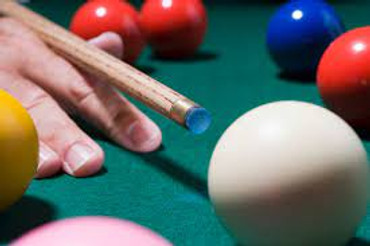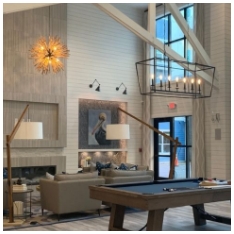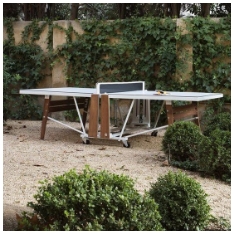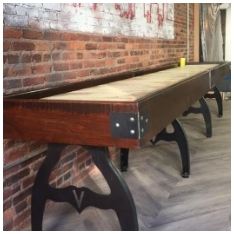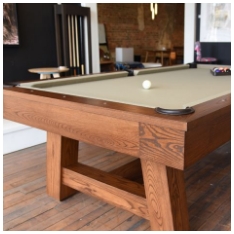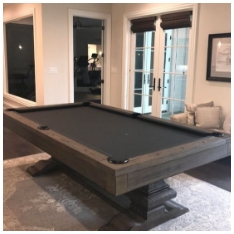For beginners and seasoned players alike, one of the most common questions at the pool table is: Why do you chalk a pool cue Understanding the purpose of chalking is essential for improving your game, maintaining cue longevity, and ensuring accurate shots. This article explores the reasons, benefits, and proper techniques behind chalking your pool cue.
Understanding the Purpose of Chalk
Chalking a pool cue is not just a ritual it serves a functional purpose in the game of pool. The tip of a pool cue is usually made of leather, which, although durable, can slip when it strikes the cue ball. Chalk adds friction between the tip of the cue and the ball, reducing the chances of miscues.
When a player hits the ball without chalking, the cue tip may slide off the ball’s surface, especially when executing spin shots. This can lead to inaccurate shots, missed opportunities, and inconsistent gameplay. By chalking, players ensure better contact and control over the cue ball, improving precision.
How Chalking Enhances Your Pool Game
There are several ways in which chalking directly benefits gameplay:
- Prevents Miscues
A miscue occurs when the cue tip slides off the ball instead of making proper contact. Chalk increases friction, helping the tip grip the cue ball effectively. This is particularly important when attempting shots with side spin or English, where miscues are more common.
- Improves Accuracy
Consistent chalking contributes to shot accuracy. Players who regularly chalk their cue experience fewer slips and better control, making it easier to execute complex shots and position the cue ball precisely for the next play.
- Supports Spin Shots
Adding spin to a shot requires striking the cue ball off-center. Chalk helps the tip maintain contact without slipping, allowing the player to impart spin more effectively. Without chalk, side spin, top spin, and backspin shots become riskier and less predictable.
- Extends Cue Tip Life
Chalking also protects the leather tip from wear. While over-chalking can create buildup, regular and proper chalking keeps the tip in good condition, ensuring it remains soft, responsive, and ready for precise gameplay.

Proper Chalking Techniques
Knowing why you chalk a pool cue is one thing, but doing it correctly is another. Improper chalking can reduce its effectiveness. Here are some key techniques:
- Apply Chalk Evenly
Rotate the chalk on the tip in small, circular motions. Avoid pressing too hard; light, consistent strokes are better than aggressive rubbing. This ensures even coverage without creating uneven spots on the tip.
- Chalk Before Every Shot
It is recommended to chalk before each shot, especially when taking important or spin-intensive shots. Frequent chalking helps maintain consistent contact and reduces miscues over the course of a game.
- Avoid Excessive Chalk Buildup
Too much chalk can create residue on the cue ball or table, potentially affecting gameplay. Tap off excess chalk after application to prevent powder from spreading.
- Inspect the Cue Tip Regularly
Check the cue tip for wear and tear. If it becomes too smooth or hard, it might not hold chalk well, reducing its effectiveness. Maintaining the tip ensures the chalk can do its job properly.
Common Mistakes to Avoid
Even experienced players sometimes make errors when chalking. Avoid these common mistakes to maximize performance:
- Pressing too hard: This can flatten the tip or deposit too much chalk in one spot.
- Chalking only occasionally: Inconsistent chalking leads to frequent miscues and inaccurate shots.
- Ignoring the tip condition: A worn or damaged tip won’t hold chalk effectively, no matter how often you apply it.
Conclusion
So, why do you chalk a pool cue The answer is simple yet essential: chalking increases friction between the cue tip and the ball, prevents miscues, improves shot accuracy, and allows players to execute spin effectively. Proper chalking techniques and regular maintenance of the cue tip ensure consistent gameplay and enhance overall performance at the table.
Whether you’re a beginner or a seasoned pool player, understanding and applying chalk correctly can significantly improve your game. Make chalking a regular part of your routine, and you’ll notice better control, precision, and confidence in every shot.
